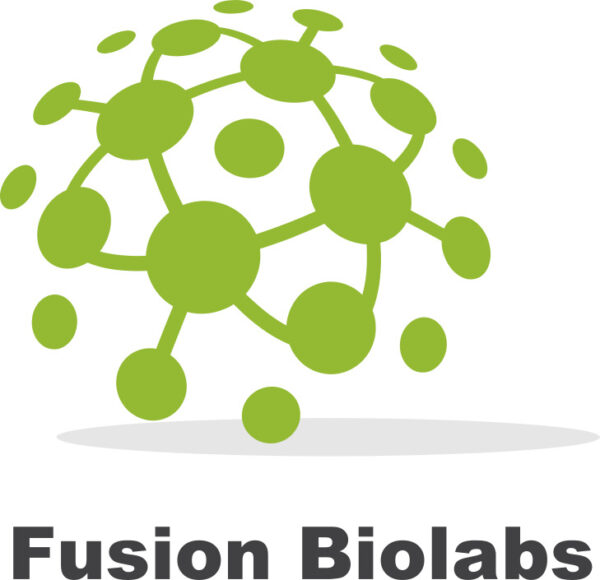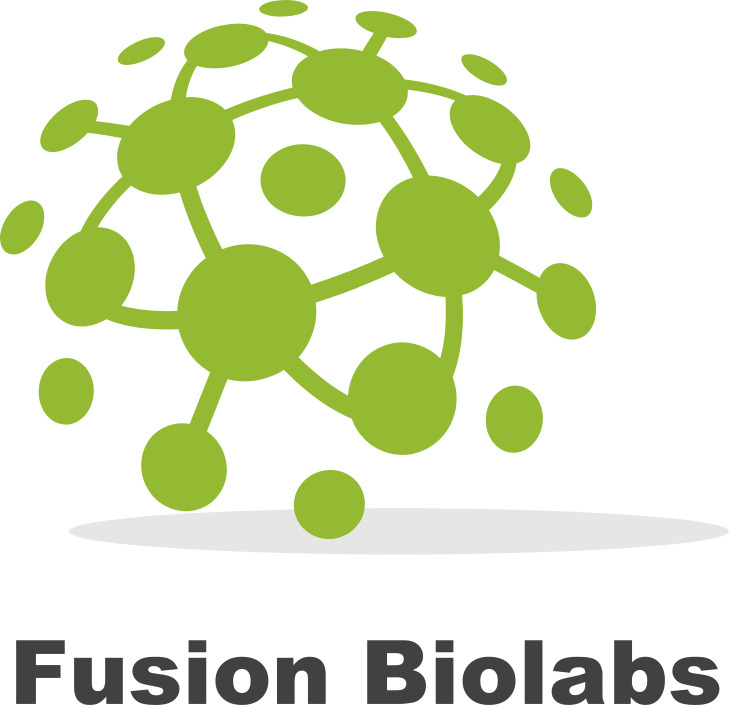Background
Tumor necrosis factor receptor 1 (TNFR1), also known as tumor necrosis factor receptor superfamily member 1A (TNFRSF1A) and CD120a, is a ubiquitous membrane receptor that binds tumor necrosis factor-alpha (TNFα). This receptor can activate the transcription factor NF-κB, mediate apoptosis, and function as a regulator of inflammation.
Mutations in the TNFRSF1A gene are associated with elevated risk of multiple sclerosis. Serum levels of TNFRSF1A are elevated in schizophrenia and bipolar disorder, and high levels are associated with more severe psychotic symptoms. High serum levels are also associated with cognitive impairment and dementia.
Product Details
| Source | Human 293 cells (HEK293) |
| Accession # | P19438-1 |
| Sequence | Human TNFR1 (Ile 22 - Thr 211) + 6x His tag (N-terminus to C-terminus) |
| Purification | Protein A/G purified and size-HPLC |
| Purity | >95% as determined by SDS-PAGE |
| Activity | Measured by its ability to TNFa with EC50 =12.42 ng/ml |
| Endotoxin Level | <0.10 EU per 1 µg of the antibody by the LAL method |
| Formulation | Lyophilized from 0.22 μm filtered solution in PBS, pH7.4 |
| Reconstitution | Reconstitute at 0.5 mg/ml in sterile 1xPBS |
| Predicted Molecular Weight | 22.3 kDa |
| Shipping | The product is shipped with polar packs. Upon receipt, store it immediately at -20 to -70°C |
| Storage Conditions | Use a manual defrost freezer and avoid repeated freeze-thaw cycles. • 12 months from the date of receipt at -20 to -70°C as supplied. • 1 month at 2 to 8°C under sterile conditions |
References
Matthews, N. & Neale, M.L., Cytotoxicity assays for tumour necrosis factor and lymphotoxin. In: Lymphokines and Interferons: A Practical Approach (eds M. J. Clemens, A. G. Morris and A. J. H. Gearing), 1987, pp. 221-22S. IRL Press, Oxford.


